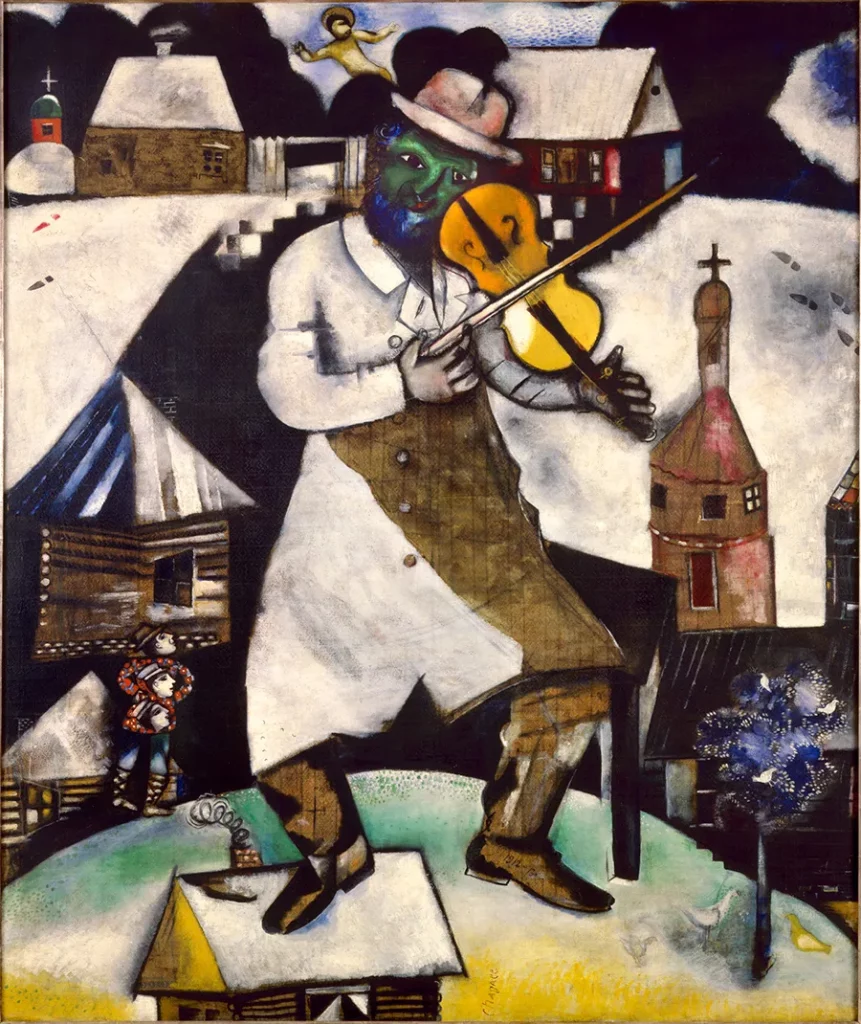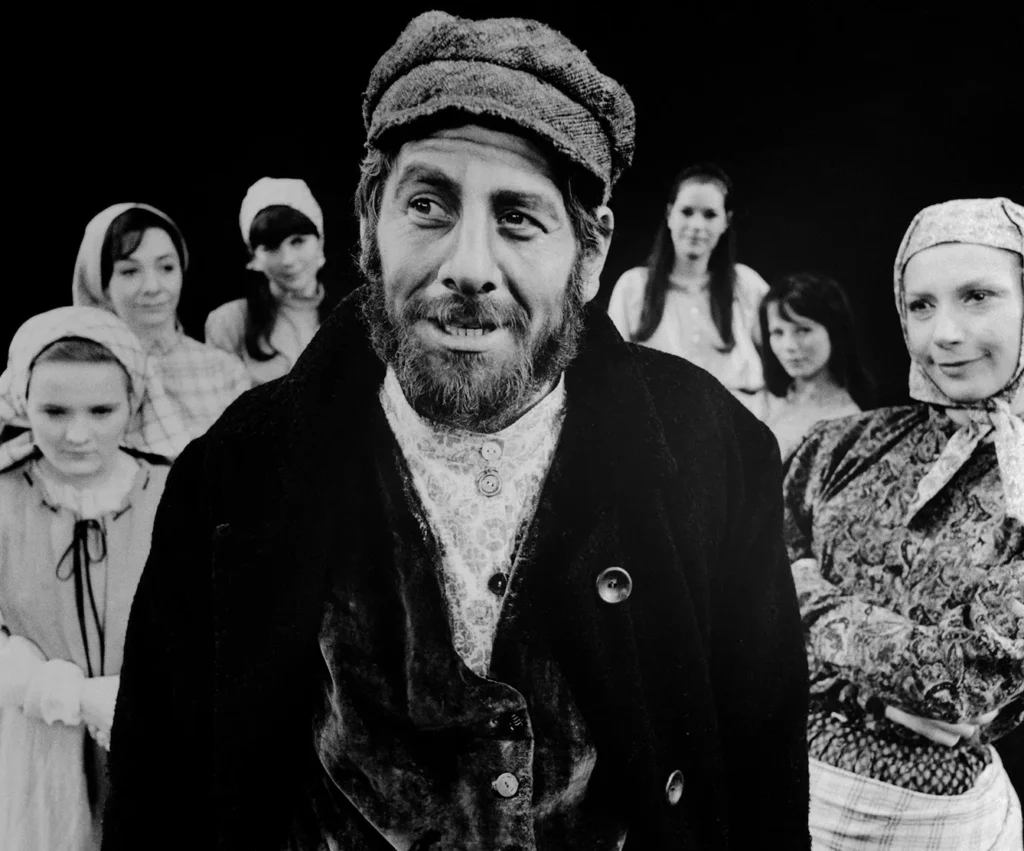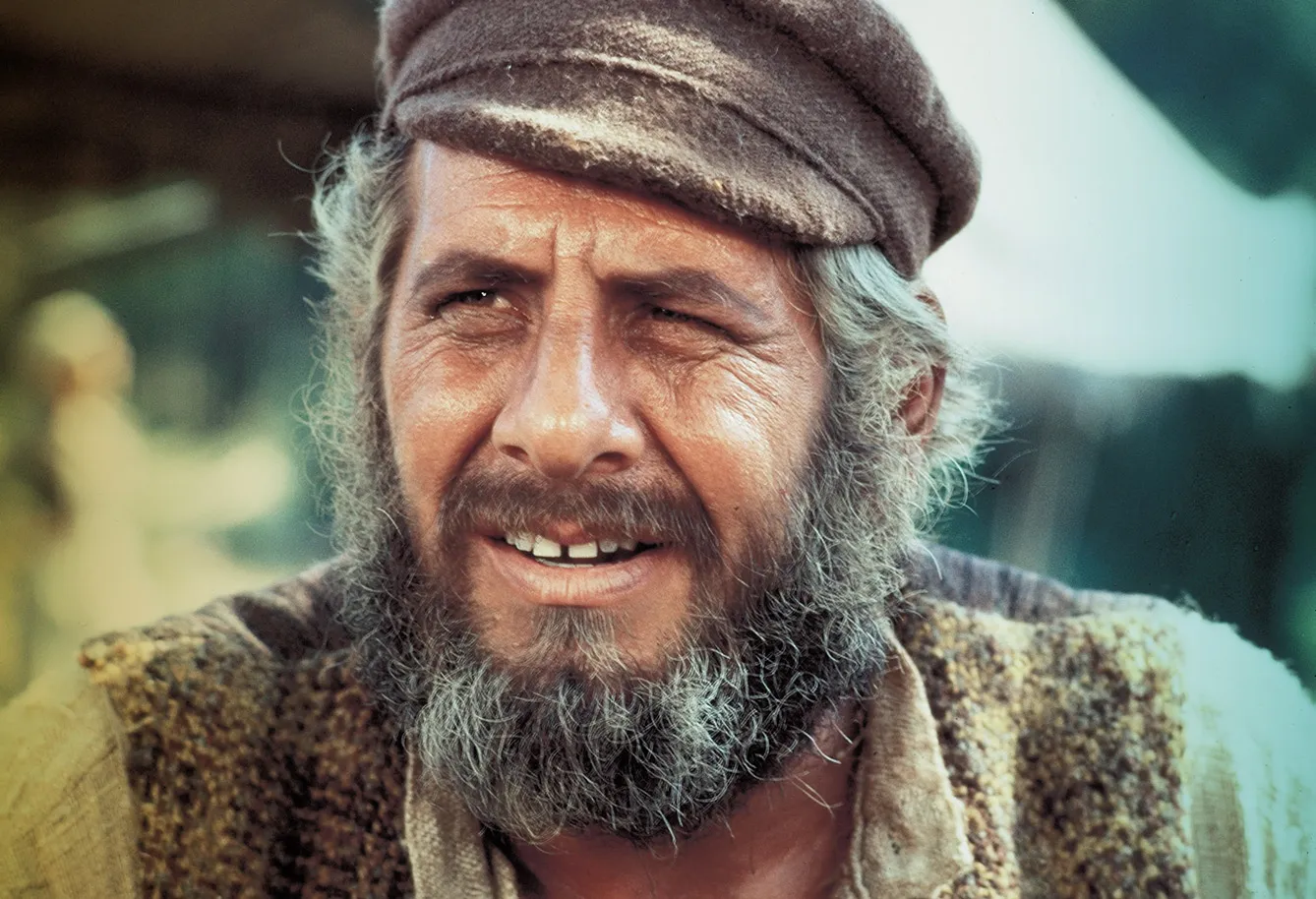“People who pass through Anatevka don’t even know they’ve been there,” says Tevye the Dairyman, played by Chaim Topol in one of the most famous musicals ever, “Fiddler on the Roof.” And the chorus replies:
Anatevka, Anatevka.
Underfed, overworked Anatevka.
Where else could Sabbath be so sweet?
Anatevka, Anatevka.
Intimate, obstinate Anatevka,
Where I know everyone I meet.
Soon I’ll be a stranger in a strange new place,
Searching for an old familiar face
From Anatevka.
And these are prophetic words since, not long afterward (the action of the musical takes place in 1905), Tevye and his fellow Jews were forced out of thousands of Anatevka-like shtetls. It’s been now over a century since generations of real-life Jews around the world have been longing for their real-life Anatevkas, to quote a catchy phrase by Marc Chagall: “oh, Paris, my second Vitebsk!”


Pale of Settlement
Anatevka as such, the “Fiddler on the Roof” stage, is not real, but hundreds of shtetls like it had their very specific time and space – not only in practical terms but also as bureaucratic idea set by none other but Russian Empire after it became a dominant force in Central and Eastern Europe. This vast area was called the Pale of Settlement.
The decline and ultimate demise of the Polish-Lithuanian Commonwealth (follow our link to learn more) in the late 18th century left remnants of the country’s culture to be influenced by all-new forms of politics: the modern imperial one, with 19th-century nationalism being born. Russia gained vast territories on the Black Sea and in its west. Peripheral from an earlier occidental point of view, for the Russian Empire, they were a bridge to Germany and France. The Pale of Settlement was also instrumental in the colonization of new territories on the Black Sea.
These two tropes make the Pale of Settlement what it was – the part of the territory where Jews were allowed to settle, usually in towns, associated with the idea of exploitation. Jews were also not allowed to trade outside the Pale, which eliminated them from general business. Far from a ghetto in terms of size, tho, as Russia has grown to the west, it fully or partially included what is now Lithuania, Belarus, Moldova, large parts of Ukraine, Latvia, and some parts of Eastern Poland. Some easternmost territories of the Pale of Settlement remain Russian to this day.
The shtetl life
The first laws of the Pale of Settlement were laid out in 1791, and there’s little coincidence in that. Of course, nationalism was just forming at that time, and Russia, like all other empires, felt the urge to ethnically consolidate its lands and point out the Other. But another thing was that the Polish-Lithuanian Partitions were the beginning of Jewish presence in Russia on a large scale. It was Poland – a refugee land for European Jews from the 14th century – that made Jews a significant minority in Russia.
The idea of the Pale was to force Jews in – as long as they were Jews (along with other religious minorities outside of Russian state-dominant Orthodoxy). Jews were free to settle within the area but forbidden from settling outside of it. Within borders, they were quite free to engage in economic endeavors but forced out of any outside. The escape was to convert to the Eastern rite of Christianity.
With territories of seven countries in mind, it would seem that the Pale of Settlement could be quite an attractive territory to live in. Unfortunately, the economic life of underdeveloped and mostly rural areas was not that vivid. The majority of the “underfed, overworked Anatevkas” citizens were artisans and merchants, and the scarce supplies of food resulting from the fact that farming in the area was not really a viable option (in some territories, rural lands were even excluded from the Pale).
But the autonomy, even ghettoized, had its upsides – and the flourishing Jewish/Yiddish culture was a major beneficent of it. The Talmud schools, or yeshivas, led to the affirmation of Jewish identity.
Beyond the Pale
But then again – the concentration of distinctive Jewish culture in a strip of land was visible and made the group a target of antisemite incidents. With striking poverty and waves of pogroms in the 1880s (not technically sponsored, but not fiercely opposed by Russian authorities), thousands of Jews were forced out of Vilnius (now Lithuanian), Kyiv (Ukrainian), Lublin (Polish), and larger and smaller shtetls.
In waves of emigrations, mostly to the United States, thousands of Jews from Central and Eastern Europe took their culture and customs abroad. The history of the Pale, formed in 1791 by Catherine the Great, ended with the end of tsarism – the Russian Revolution and World War One. What remains is a memory – from Chagall’s paintings to Sholom Aleichem’s Dairyman and his 1964 revival as a Fiddler. And thousands of memories in the minds of the Pale of Settlement’s descendants.







